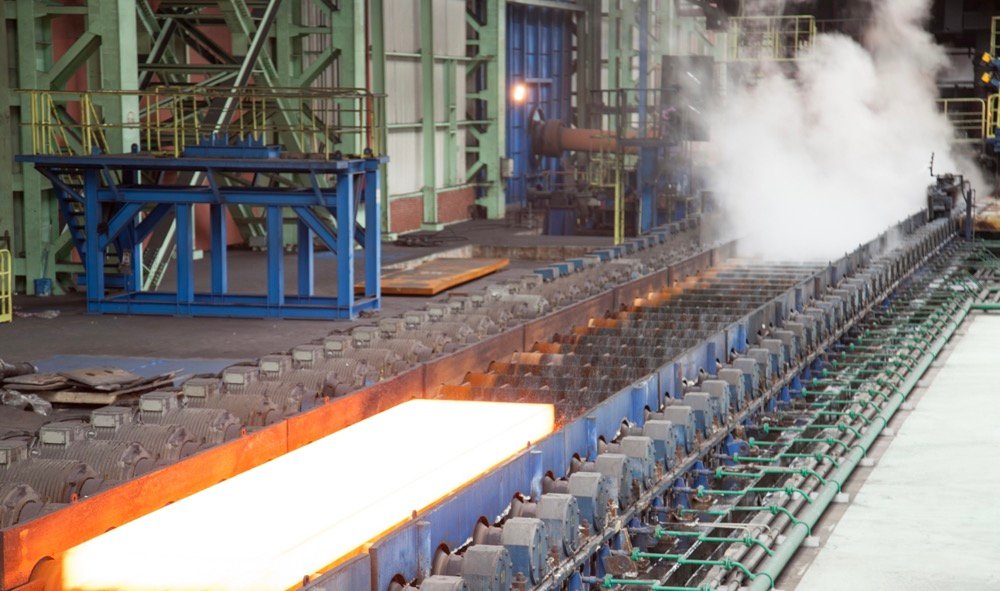The cooling bed is an important cooling equipment in the metallurgical industry. On the cooling bed, as the temperature of the rolled product decreases, a large amount of heat energy is gradually dissipated, which obviously causes a large amount of energy waste. Recovering the waste heat from the steel rolling cooling bed is an important way to save energy and improve energy utilization.

When producing steel products such as bars and profiles, they must enter the cooling process after the rolling process. The cooling process is to send the semi-finished products after rolling to the cooling bed through a transmission device such as a roller table for natural cooling or water spray cooling, so that the rolled product is reduced from 800-950℃ before cooling to below 80-100℃ when it is off the cooling bed [1]. A large amount of heat is lost in this process, which not only causes energy waste, but also pollutes the environment. Especially in summer, it worsens the working environment.
Since the rolled pieces are gradually cooled on the cooling bed, the temperature of each section of the cooling bed is different. The temperature of the high temperature section can reach 600-800℃, and the temperature of the low temperature section is 80-100℃, which makes the heat source unstable. In addition, the lifting work of the rolled pieces is often carried out above the cooling bed, so it is very difficult to recover the waste heat of the cooling bed.
High-temperature heat pump waste heat recovery system
A steel plant has established an energy recovery system that utilizes the heat energy of slabs on the slab heat dissipation cooling bed, and it was put into production in mid-September 2012. The design and layout method of the steel plant is: from the continuous casting machine output roller to the slab storage warehouse, the slabs pass through a closed cooling bed lined with a pipeline system. The slabs are transferred through the cooling bed by the walking beam. The circulating water supplied by the high-temperature heat pump is heated to about 85℃ by the heat radiation of the slabs through the lining pipes of the cooling bed, and is compressed by the high-temperature heat pump and heated to a higher temperature for repeated use.
50% of the waste heat from the cooling bed is recovered by the high-temperature heat pump waste heat recovery system, reducing carbon dioxide emissions by at least 500,000 tons each year. The investment in the entire project will be fully recovered in about 4 years.

